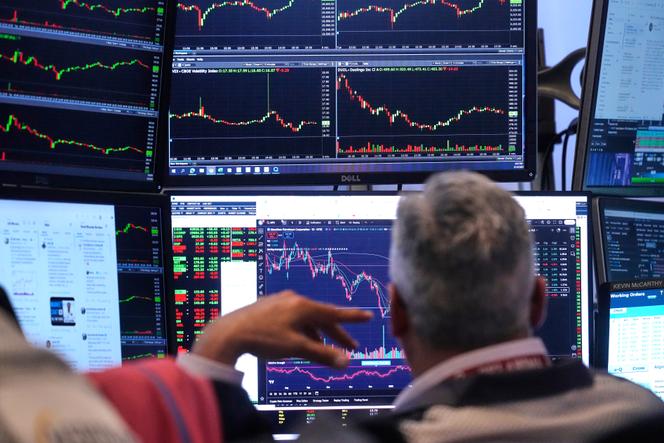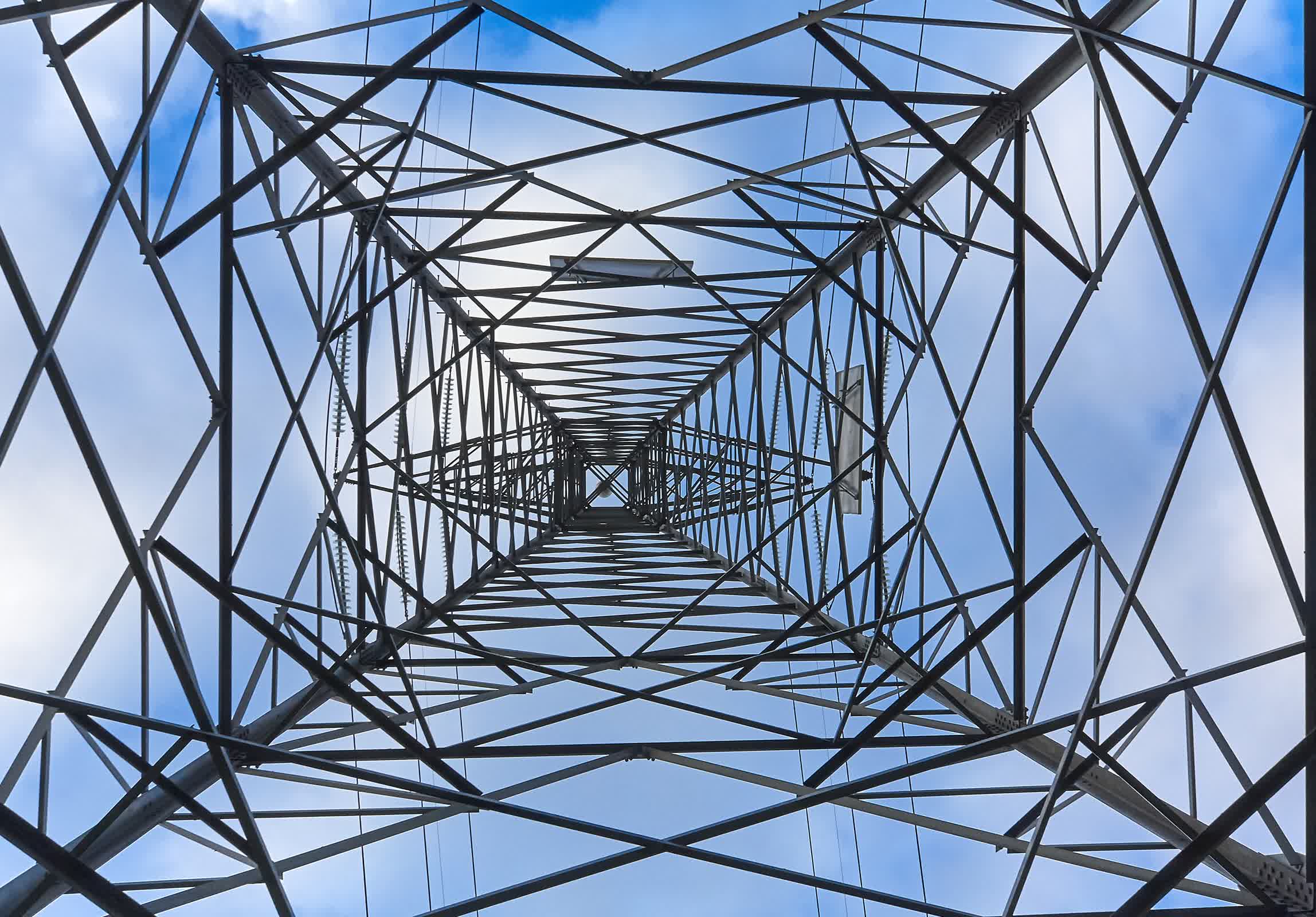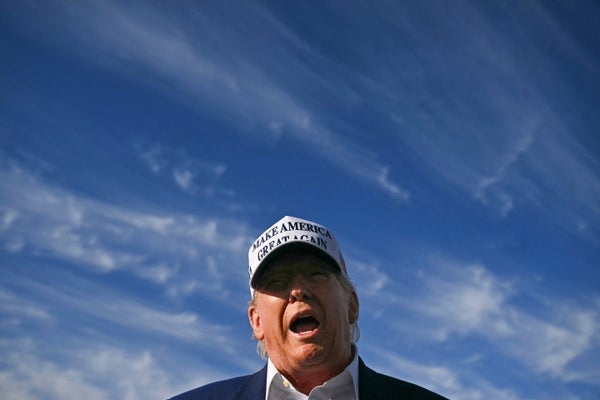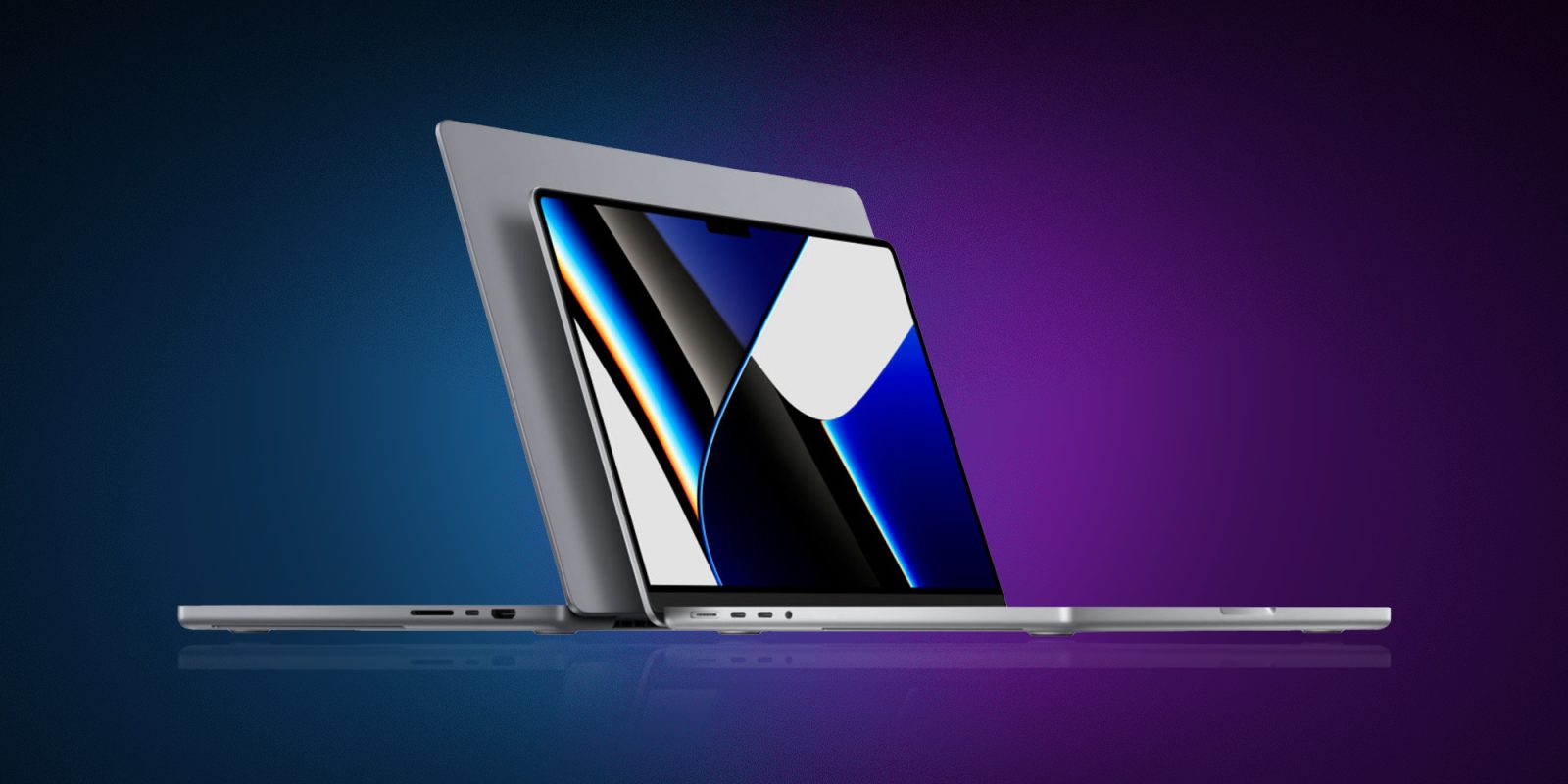A shortage of high-voltage power cables could stall the clean energy transition
In a nutshell: As nations set ever more ambitious targets for renewable energy and electrification, the humble high-voltage cable has emerged as a linchpin – and a potential chokepoint – in the race to decarbonize the global economy. A Bloomberg interview with Claes Westerlind, CEO of NKT, a leading cable manufacturer based in Denmark, explains why.
A global surge in demand for high-voltage electricity cables is threatening to stall the clean energy revolution, as the world's ability to build new wind farms, solar plants, and cross-border power links increasingly hinges on a supply chain bottleneck few outside the industry have considered. At the center of this challenge is the complex, capital-intensive process of manufacturing the giant cables that transport electricity across hundreds of miles, both over land and under the sea.
Despite soaring demand, cable manufacturers remain cautious about expanding capacity, raising questions about whether the pace of electrification can keep up with climate ambitions, geopolitical tensions, and the practical realities of industrial investment.
High-voltage cables are the arteries of modern power grids, carrying electrons from remote wind farms or hydroelectric dams to the cities and industries that need them. Unlike the thin wires that run through a home's walls, these cables are engineering marvels – sometimes as thick as a person's torso, armored to withstand the crushing pressure of the ocean floor, and designed to last for decades under extreme electrical and environmental stress.
"If you look at the very high voltage direct current cable, able to carry roughly two gigawatts through two pairs of cables – that means that the equivalent of one nuclear power reactor is flowing through one cable," Westerlind told Bloomberg.
The process of making these cables is as specialized as it is demanding. At the core is a conductor, typically made of copper or aluminum, twisted together like a rope for flexibility and strength. Around this, manufacturers apply multiple layers of insulation in towering vertical factories to ensure the cable remains perfectly round and can safely contain the immense voltages involved. Any impurity in the insulation, even something as small as an eyelash, can cause catastrophic failure, potentially knocking out power to entire cities.
// Related Stories
As the world rushes to harness new sources of renewable energy, the demand for high-voltage direct currentcables has skyrocketed. HVDC technology, initially pioneered by NKT in the 1950s, has become the backbone of long-distance power transmission, particularly for offshore wind farms and intercontinental links. In recent years, approximately 80 to 90 percent of new large-scale cable projects have utilized HVDC, reflecting its efficiency in transmitting electricity over vast distances with minimal losses.
But this surge in demand has led to a critical bottleneck. Factories that produce these cables are booked out for years, Westerlind reports, and every project requires custom engineering to match the power needs, geography, and environmental conditions of its route. According to the International Energy Agency, meeting global clean energy goals will require building the equivalent of 80 million kilometersof new grid infrastructure by 2040 – essentially doubling what has been constructed over the past century, but in just 15 years.
Despite the clear need, cable makers have been slow to add capacity due to reasons that are as much economic and political as technical. Building a new cable factory can cost upwards of a billion euros, and manufacturers are wary of making such investments without long-term commitments from utilities or governments. "For a company like us to do investments in the realm of €1 or 2 billion, it's a massive commitment... but it's also a massive amount of demand that is needed for this investment to actually make financial sense over the next not five years, not 10 years, but over the next 20 to 30 years," Westerlind said. The industry still bears scars from a decade ago, when anticipated demand failed to materialize and expensive new facilities sat underused.
Some governments and transmission system operators are trying to break the logjam by making "anticipatory investments" – committing to buy cable capacity even before specific projects are finalized. This approach, backed by regulators, gives manufacturers the confidence to expand, but it remains the exception rather than the rule.
Meanwhile, the industry's structure itself creates barriers to rapid expansion, according to Westerlind. The expertise, technology, and infrastructure required to make high-voltage cables are concentrated in a handful of companies, creating what analysts describe as a "deep moat" that is difficult for new entrants to cross.
Geopolitical tensions add another layer of complexity. China has built more HVDC lines than any other country, although Western manufacturers, such as NKT, maintain a technical edge in the most advanced cable systems. Still, there is growing concern in Europe and the US about becoming dependent on foreign suppliers for such critical infrastructure, especially in light of recent global conflicts and trade disputes. "Strategic autonomy is very important when it comes to the core parts and the fundamental parts of your society, where the grid backbone is one," Westerlind noted.
The stakes are high. Without a rapid and coordinated push to expand cable manufacturing, the world's clean energy transition could be slowed not by a lack of wind or sun but by a shortage of the cables needed to connect them to the grid. As Westerlind put it, "We all know it has to be done... These are large investments. They are very expensive investments. So also the governments have to have a part in enabling these anticipatory investments, and making it possible for the TSOs to actually carry forward with them."
#shortage #highvoltage #power #cables #couldA shortage of high-voltage power cables could stall the clean energy transition
In a nutshell: As nations set ever more ambitious targets for renewable energy and electrification, the humble high-voltage cable has emerged as a linchpin – and a potential chokepoint – in the race to decarbonize the global economy. A Bloomberg interview with Claes Westerlind, CEO of NKT, a leading cable manufacturer based in Denmark, explains why.
A global surge in demand for high-voltage electricity cables is threatening to stall the clean energy revolution, as the world's ability to build new wind farms, solar plants, and cross-border power links increasingly hinges on a supply chain bottleneck few outside the industry have considered. At the center of this challenge is the complex, capital-intensive process of manufacturing the giant cables that transport electricity across hundreds of miles, both over land and under the sea.
Despite soaring demand, cable manufacturers remain cautious about expanding capacity, raising questions about whether the pace of electrification can keep up with climate ambitions, geopolitical tensions, and the practical realities of industrial investment.
High-voltage cables are the arteries of modern power grids, carrying electrons from remote wind farms or hydroelectric dams to the cities and industries that need them. Unlike the thin wires that run through a home's walls, these cables are engineering marvels – sometimes as thick as a person's torso, armored to withstand the crushing pressure of the ocean floor, and designed to last for decades under extreme electrical and environmental stress.
"If you look at the very high voltage direct current cable, able to carry roughly two gigawatts through two pairs of cables – that means that the equivalent of one nuclear power reactor is flowing through one cable," Westerlind told Bloomberg.
The process of making these cables is as specialized as it is demanding. At the core is a conductor, typically made of copper or aluminum, twisted together like a rope for flexibility and strength. Around this, manufacturers apply multiple layers of insulation in towering vertical factories to ensure the cable remains perfectly round and can safely contain the immense voltages involved. Any impurity in the insulation, even something as small as an eyelash, can cause catastrophic failure, potentially knocking out power to entire cities.
// Related Stories
As the world rushes to harness new sources of renewable energy, the demand for high-voltage direct currentcables has skyrocketed. HVDC technology, initially pioneered by NKT in the 1950s, has become the backbone of long-distance power transmission, particularly for offshore wind farms and intercontinental links. In recent years, approximately 80 to 90 percent of new large-scale cable projects have utilized HVDC, reflecting its efficiency in transmitting electricity over vast distances with minimal losses.
But this surge in demand has led to a critical bottleneck. Factories that produce these cables are booked out for years, Westerlind reports, and every project requires custom engineering to match the power needs, geography, and environmental conditions of its route. According to the International Energy Agency, meeting global clean energy goals will require building the equivalent of 80 million kilometersof new grid infrastructure by 2040 – essentially doubling what has been constructed over the past century, but in just 15 years.
Despite the clear need, cable makers have been slow to add capacity due to reasons that are as much economic and political as technical. Building a new cable factory can cost upwards of a billion euros, and manufacturers are wary of making such investments without long-term commitments from utilities or governments. "For a company like us to do investments in the realm of €1 or 2 billion, it's a massive commitment... but it's also a massive amount of demand that is needed for this investment to actually make financial sense over the next not five years, not 10 years, but over the next 20 to 30 years," Westerlind said. The industry still bears scars from a decade ago, when anticipated demand failed to materialize and expensive new facilities sat underused.
Some governments and transmission system operators are trying to break the logjam by making "anticipatory investments" – committing to buy cable capacity even before specific projects are finalized. This approach, backed by regulators, gives manufacturers the confidence to expand, but it remains the exception rather than the rule.
Meanwhile, the industry's structure itself creates barriers to rapid expansion, according to Westerlind. The expertise, technology, and infrastructure required to make high-voltage cables are concentrated in a handful of companies, creating what analysts describe as a "deep moat" that is difficult for new entrants to cross.
Geopolitical tensions add another layer of complexity. China has built more HVDC lines than any other country, although Western manufacturers, such as NKT, maintain a technical edge in the most advanced cable systems. Still, there is growing concern in Europe and the US about becoming dependent on foreign suppliers for such critical infrastructure, especially in light of recent global conflicts and trade disputes. "Strategic autonomy is very important when it comes to the core parts and the fundamental parts of your society, where the grid backbone is one," Westerlind noted.
The stakes are high. Without a rapid and coordinated push to expand cable manufacturing, the world's clean energy transition could be slowed not by a lack of wind or sun but by a shortage of the cables needed to connect them to the grid. As Westerlind put it, "We all know it has to be done... These are large investments. They are very expensive investments. So also the governments have to have a part in enabling these anticipatory investments, and making it possible for the TSOs to actually carry forward with them."
#shortage #highvoltage #power #cables #could

















